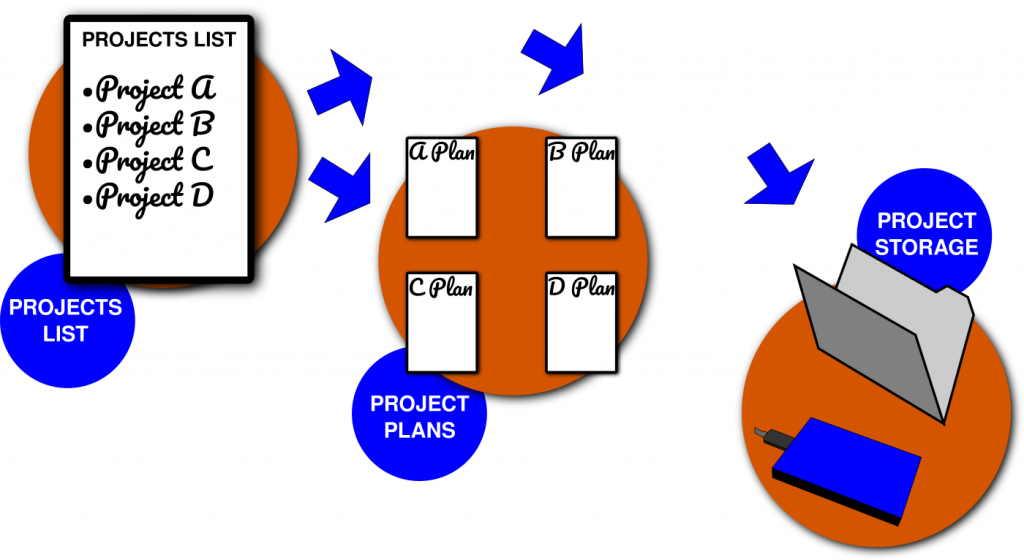
I spent years wrestling with my projects list in GTD. Understanding the various parts but I never managed to fit them all together into a seamless system that kept me productive. I found that I was working for the projects list rather than it working for me, keeping a list that I didn’t use. Project management in GTD can be problem free though!
Project management in GTD is more than just a projects list with next actions as I eventually learned. Rather, it consists of 3 separate but interconnected parts that together can supercharge your progress on projects.
- The Projects List
- A Project Plans
- Project Support Material
What is a Project in GTD?
Before we get started here, let’s define exactly what we are talking about. David Allen defines a projects as “Something you want to complete within a year that requires more than one action.” This means moving house is a project, improving daughter’s math grade is a project and Christmas present for Mom is a project.
Projects in GTD include so much more than what we would normally think of a ‘projects.’ This is why it is so important to really master project management in GTD but so many people seem to have problems with projects. Understanding the three interconnected parts of project management in this article is the key to project mastery in GTD.
The Projects List
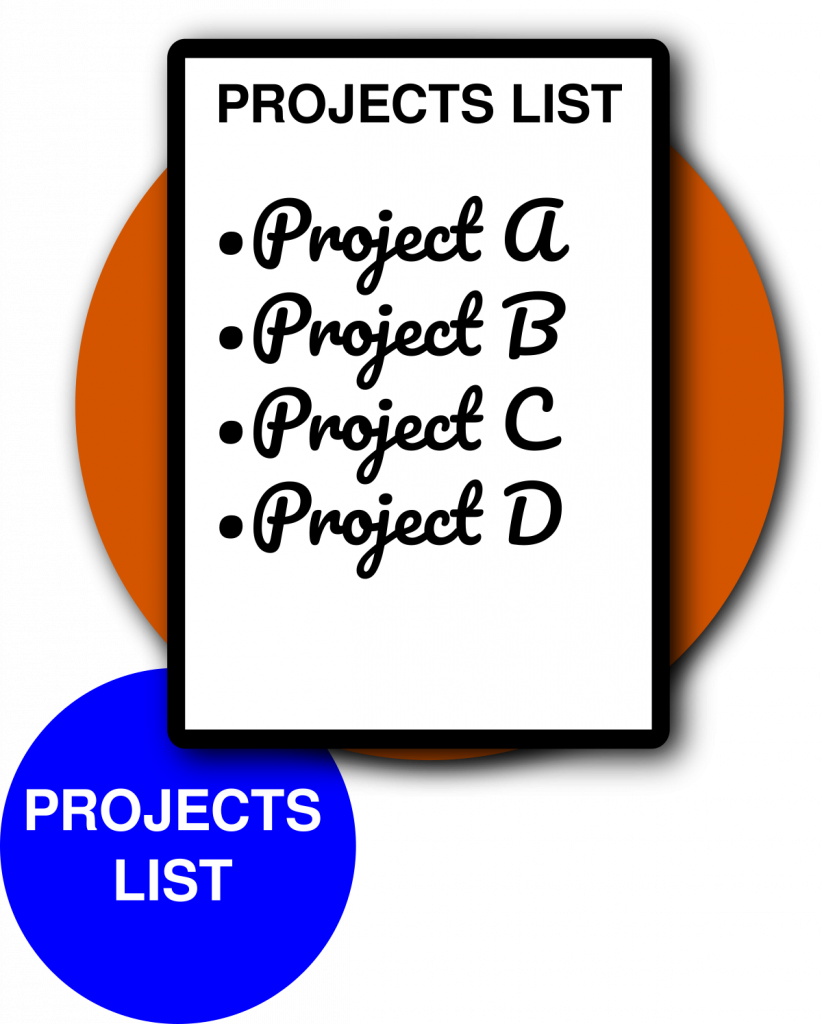
The idea of a Projects List is well understood in the GTD community. It’s the 10,000 feet horizon of focus. In GTD a project is any outcome you want to achieve in less than a year that requires more than one action to complete.
You might be wondering, how many projects should I have? Too many and project management in GTD becomes too hard, too few and you have nothing to manage.
The Projects List is a simple list of all your projects, one per line. It serves as a reminder for anything you want to achieve. We need the reminder because our action lists should only contain actions we can actually do right now, so if a project requires a sequence of three actions only the next action should be on the action list. Once that action is checked off we need a reminder that there are other actions still to be done to complete the project.
This is where my first problem arose. After completing an action associated with a project I would look at my projects list but it only reminded me that I had a project, not what the next action was. I needed a Project Plan.
The Project Plans

In Getting Things Done, David Allen talks about the ‘back of the envelope’ project planning as being one of the most productive forms of interaction. A quick plan noted down on a scrap of paper is, for complex projects obviously better than no plan at all. At the same time it is much more efficient than using some complex project planning software creating gant charts and timelines (though sometimes that is necessary.)
The back of the envelope plan is that perfect mix of structure and chaos that gives you most of the benefits without too much investment. It’s the 80/20 rule in practice.
The problem with project planning is not how to do it or how much time to spend on it, it was where to keep it. Plans that are written down on scraps of paper go into drawers, or piles on desks or folded into notebooks. They are never around when needed and sometimes you just have to re-plan something to get the next action.
GTD is very well structured: there’s an inbox, projects list, action lists, there’s even a place for project support material but when it comes to the plan for your project were just supposed to write it on the back of an envelope?!?
Project Plan Notebook
This was the aha moment for me. I needed a project plan notebook. The project name goes at the top of the page where I can then brainstorm ideas, scribble notes or draw diagrams and finally come up with some sort of plan of action with a list of tasks. When I complete a task for a project and need the next one, this is where I go to get it.
I know what you’re thinking, “just put the plan in the support material!” The problem is that most of my projects don’t actually need any support material. I don’t use a physical filing system as suggested in GTD because most of what support material I do have is digital. So support material is all kept on my computer.
If I have a project such as a dinner party, there is no support material physical or digital that I will need to complete this project. On the other hand though there are a lot of tasks that need to be done and a quick plan will be useful to make sure I get everything I need such as:
- Call the Johnsons
- Call Kathy & Pete
- Buy ingredients (This might be a whole sub-list)
- Setup a dinner playlist
- Buy wine
- Buy candles
- Bake a Cake
This along with a some ideas for what to cook and what sort of cake to bake makes up the plan for the dinner party. It goes in my project plan notebook. Before I’m sure that the guests can come I don’t need to do anything. So I add
- Call the Johnsons
- Call Kathy & Pete
to my action list @anywhere. Once confirmed I’ll look back at my plan and move some other tasks to my action lists.
The Project Support Material
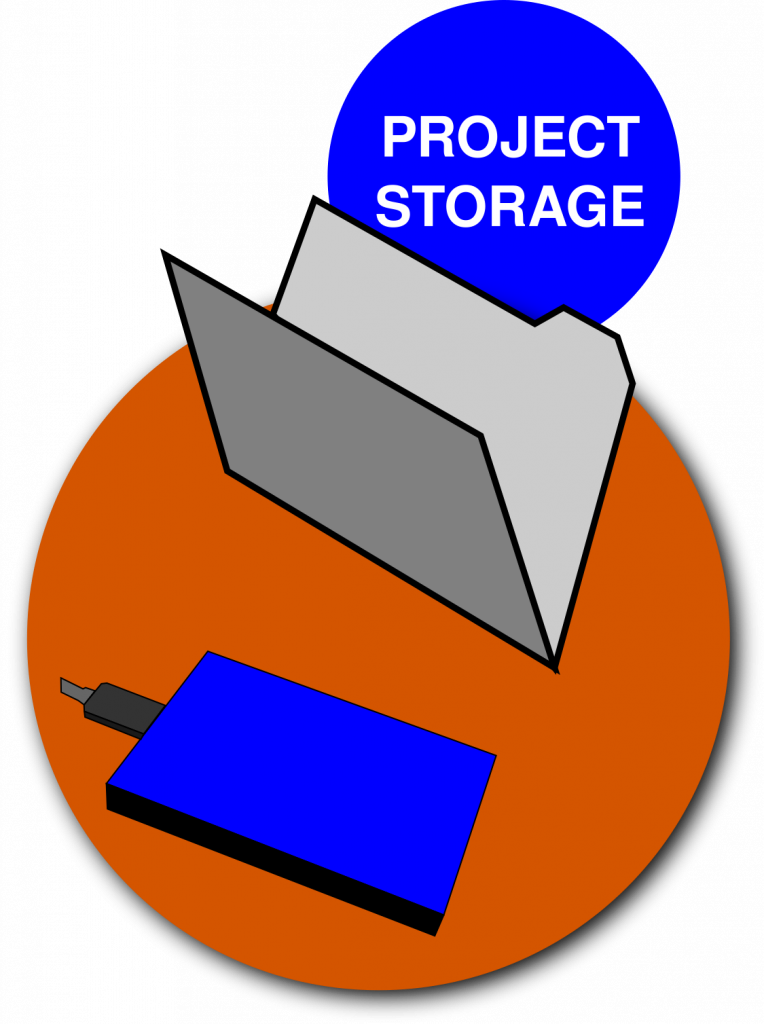
The last piece of this puzzle is project support material. In Getting Things Done, David Allen suggests using a filing cabinet to organize this, one filing folder per project.
For me though, I just wouldn’t have anything to put in those folders, I rarely have any physical project support material. If I do have any it is usually digital. This begs the question of the best way to store such material.
For years I have used a system of folders based on my Areas of Focus. I have one folder for each. This system holds all of my digital files and reference materials not just for my projects but for all areas of my life. Projects have their own folders inside the relevant Area of Focus containing their support materials.
The alternative to this is to name a folder ‘Projects’ inside which are folders for each of the projects. If you use this method, you still end up with an Areas of Focus system anyway for all non project files and long term reference materials. Such as family photos, old documents you want to keep from college or piano sheet music. Inevitably, those will go into folders called ‘Family’ ‘College’ ‘Piano’ etc. i.e. your Areas of Focus. Then you have to organize both.
So why keep two folder structures when you can just have one?
How to Integrate Project Management in GTD
So we know the three parts that make up project management in GTD, here’s the workflow.
- You Capture an idea – “Birthday Party for Noah”
- During Processing you write it on your projects list “Organize Party for Noah”
- Grab your Project Plan Notebook and title it with the project name.
- Brainstorm and project plan in the notebook using the Natural Planning Model
- Write the resultant tasks in your plan and add them to action lists if you can do them now
- Create a Folder “Noah’s party” for all support materials.
This process will only take a few minutes but at the end of it you will have tasks to do now to start making progress, you’ll have the subsequent tasks in your plan and a place to save party music, invitation templates and invoices from caterers etc.
If you manage to integrate your projects list, your project plan and your project support material, you’ll be on the way to mastery of project management in GTD.

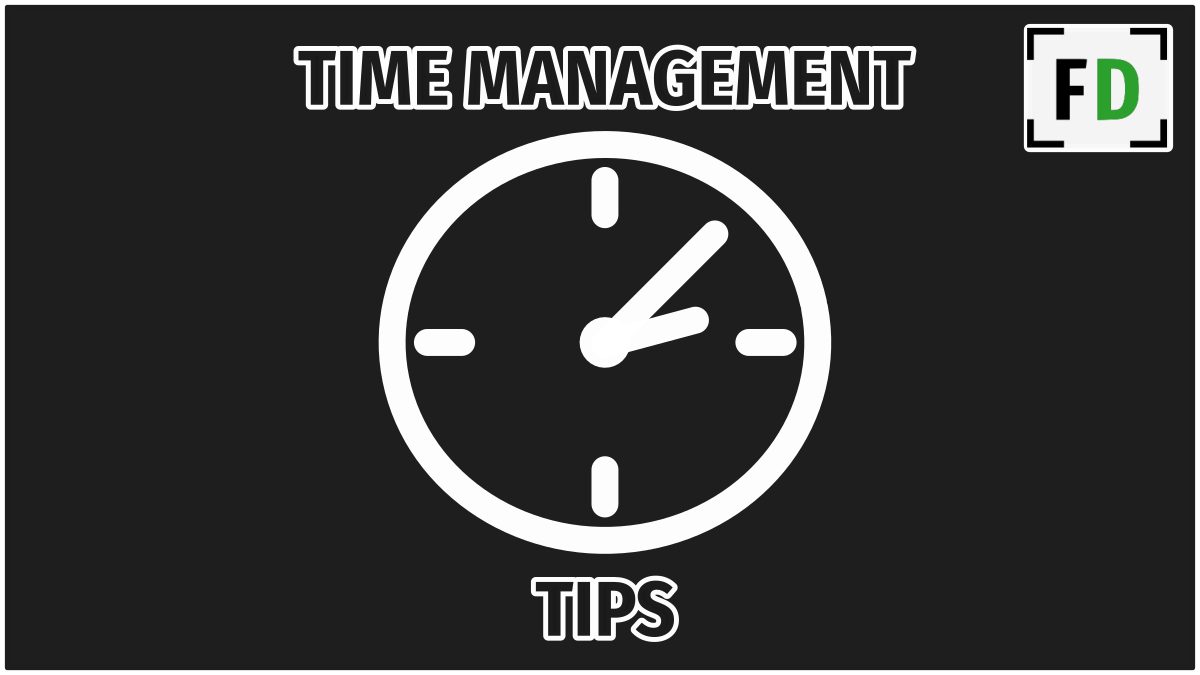

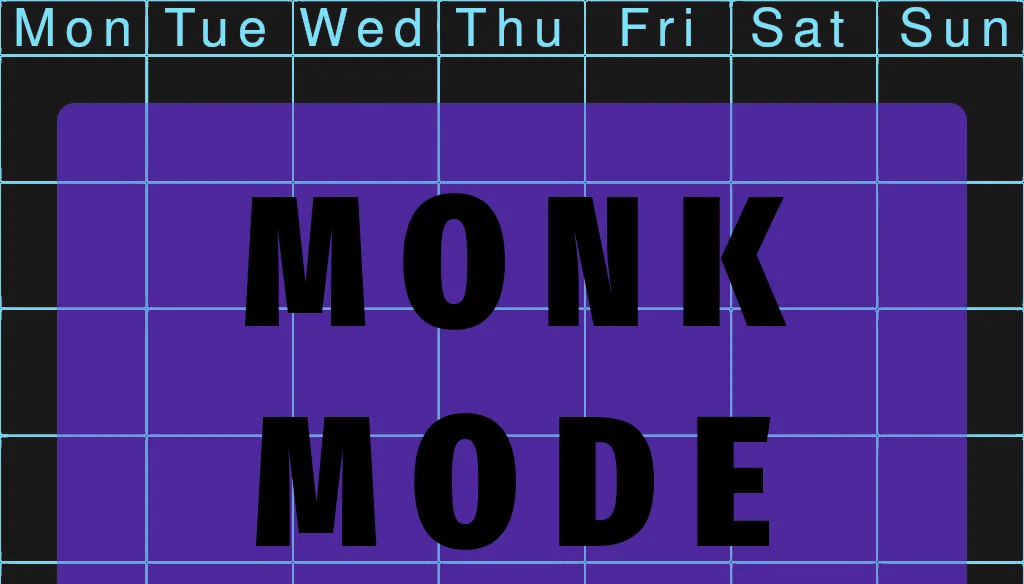
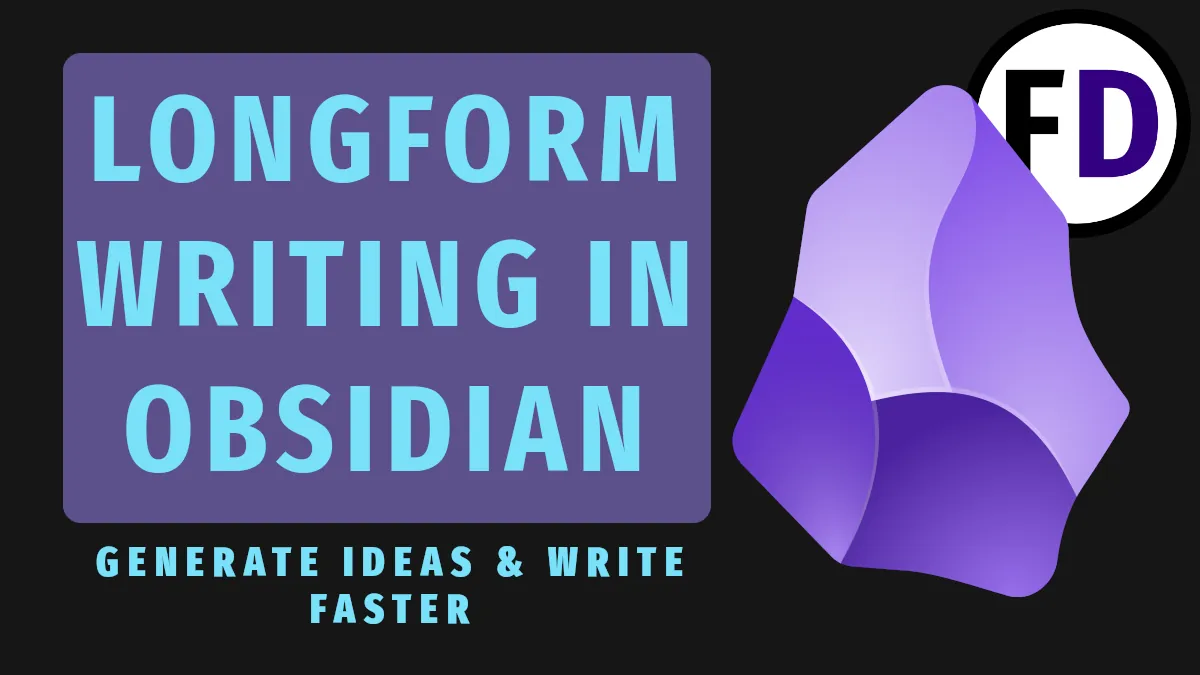




1 thought on “Why Your Project Management Is A Mess In GTD”
Comments are closed.